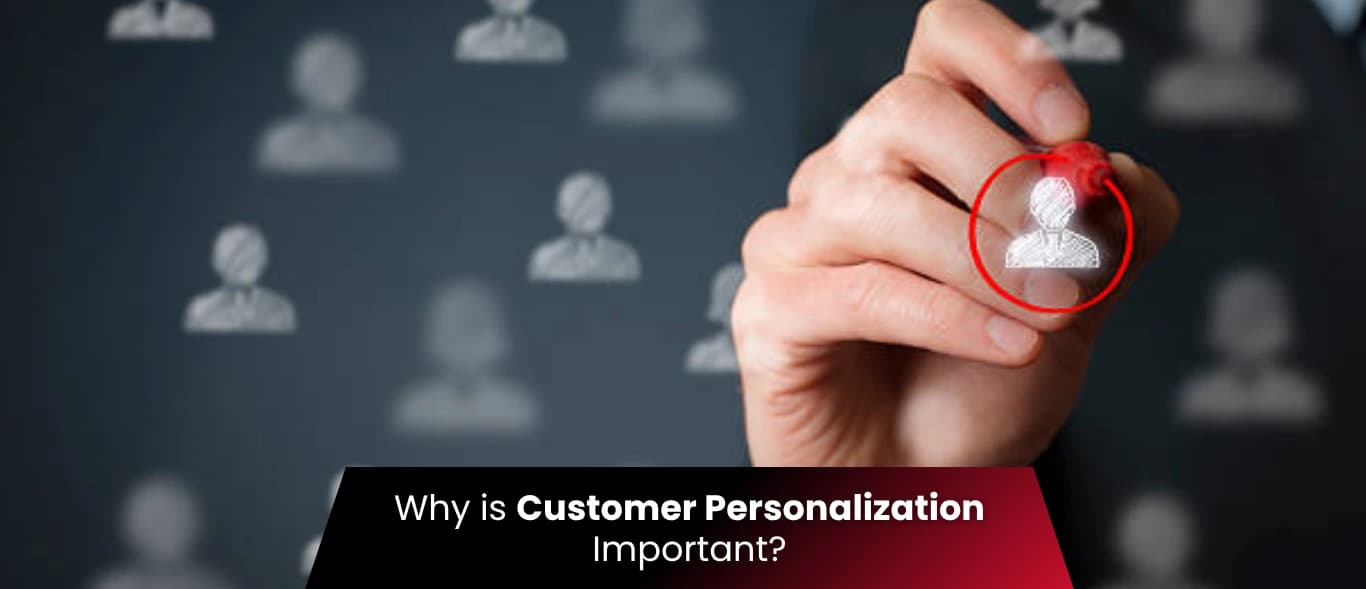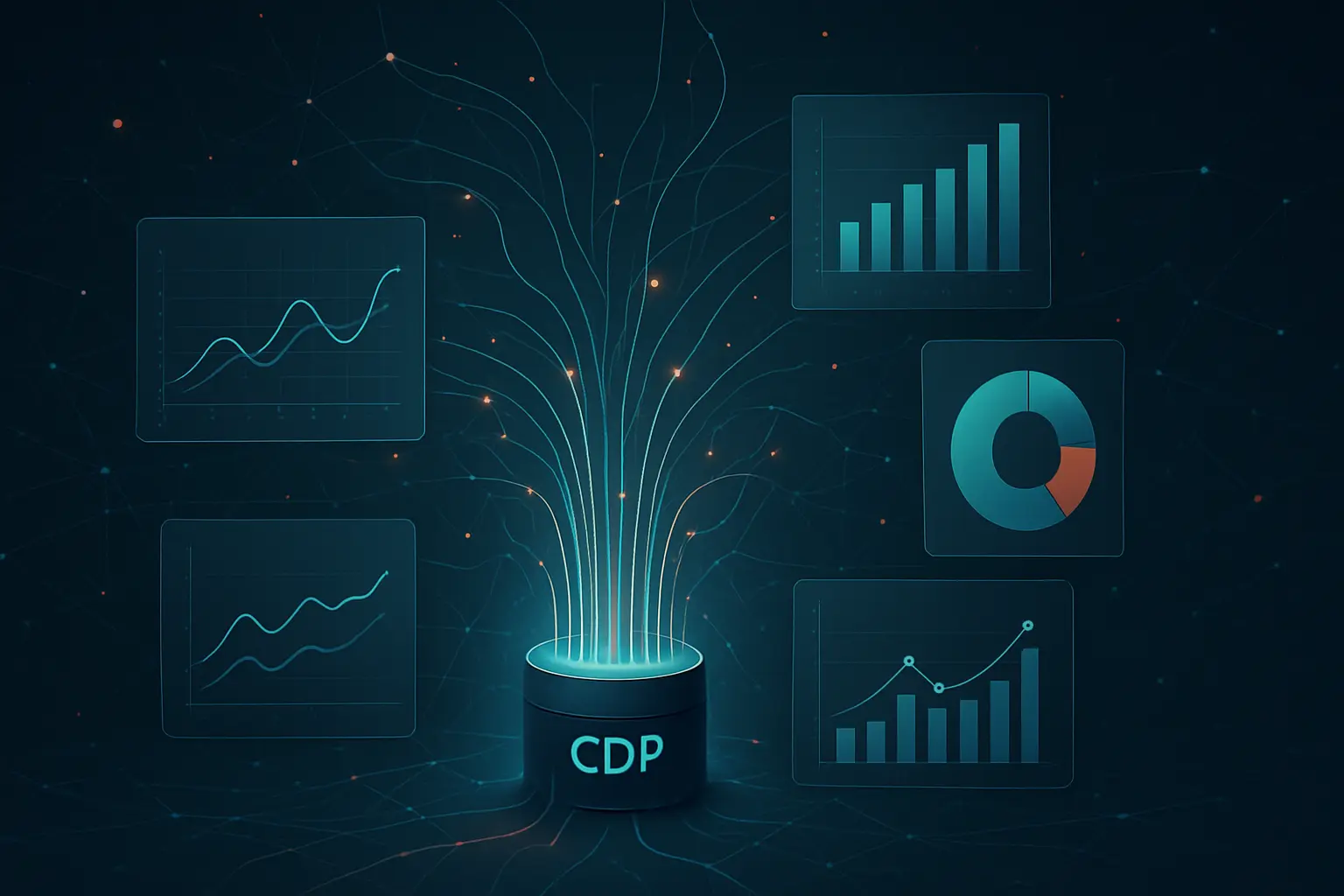Data science is helping to rewrite the dynamics of business, but in today’s fiercely competitive world, the focus is on delivering a highly personalized experience to customers.
However, it is no longer enough to merely talk about personalization; it is akin to paying lip service to the process.
Instead, your organization needs to get on with “creating more personal experiences” for its customers if it has to survive the competition.
Today, a company’s future is inexorably tied to the journey of its customers. But thanks to the content explosion, customer attention has become scattered.
A precious commodity, customer awareness can be acquired and retained with a more individualized marketing plan.
Most enterprises (and perhaps yours, too) are creating customer personalization based on what they believe customers want. This may not match what your customers are actually looking for. This is where data science comes in.
To succeed at customer personalization, your brand needs to design a data-driven “Personalized Customer Experience Plan”.
Studies have shown that 88% of U.S. marketers reported seeing measurable improvements due to personalization, and 44% of consumers stated they would become repeat buyers after experiencing a personalized shopping interaction with a company.
What’s more, businesses saw an average increase of 20% in sales when using personalized experiences.
In fact, customer personalization does not end at selling a product or service to a customer. It has to extend beyond.
Highly personalized customer service can help a brand exceed customer expectations, resulting in higher NPS.
This will help reduce churn and upsell/cross-sell opportunities. Upsell-cross-sell marketing analytics is one of the most comprehensively discussed concepts in analytics solutions consulting.
Ready to make every customer interaction count? Let’s build your personalization strategy >>>> Consult our experts
A superior level of personalized customer service could include one or more of the following:
Customer loyalty
Studies in the past have shown that over 75% of customers were more likely to continue doing business with brands that offered loyalty programs.
Personalization also needs to be scalable, requiring companies to have two interrelated roadmaps—one for business and one for technology.
Personalization is a “means to an end”; it is to meet your marketing goals, which, in turn, are tied to your business goals.
In their jointly-written paper, “Practical Advice For Achieving Personalization At Scale”, Jeriad Zoghby, global head of personalization, Accenture Interactive, and David J. Neff, VP of Consulting, Clearhead (now a part of Accenture Interactive), say, “Rather than pursuing the outdated principle of “right content, right time, right individual,” the core tenets of “personal” experiences are highly achievable through data-driven experience design principles.”
These experts write that some of their recent findings have shown that consumer expectations were outpacing brands’ efforts to be personal.
Yet, those same consumers were more likely to shop with a brand that treated them in a personal manner.
In fact, nearly all consumers were still more likely to shop with brands that recognized, remembered, and provided them with relevant offers and recommendations.
If personalization has to be described in one sentence, it would be: To improve your brand’s engagement across all points in a customer’s journey.
And, if personalization at scale can be described in one sentence, it is: Serving up one-on-one offers to individual customers within a very large group.
As management consulting firm McKinsey & Company has spelled it out in a detailed article titled, “A Technology Blueprint For Personalization At Scale”, personalization at scale relies on an organization’s ability to orchestrate the 4Ds—Data, Decisioning, Design, and Distribution.
But before we get to that, let’s discuss the major hurdles that personalization at scale faces.
Challenges On The Way
Delivering a personalized customer experience at scale revolves around the classic journalism tactic of gathering information – the 5Ws and 1H, i.e., Who, What, Where, When, Why, and How.
To gather this information, you require tools and data. Tools include emails, flyers, your website, and others, which, in turn, collect raw data about every individual customer.
Who is the customer segment? What is the messaging? When and where refer to the channels you need to use to project personalized offers or messages, and the why, of course, is answered very simply: the need to do so.
Here are some of the biggest hurdles in the path of personalization at scale:
Data in silos: If the raw data around a customer resides in individual containers and is never brought together as a “single source of truth”, forget personalization at scale, even personalization efforts will be hampered.
Regulations: With the enforcement of new laws like the GDPR and the California Consumer Privacy Act, collecting data has become significantly more challenging.
Of course, cookie-based or third-party data collection will soon be out, and enterprises will have to rely only on first-party information. The option of anonymity offered under the new laws will also mean certain personalization efforts may never be fully complete.
As the McKinsey article states, to combat data silos, your enterprise needs to deploy a customer data platform (CDP) to unify data and make it accessible across all your channels. Express Analytics’ CDP Oyster offers this and more.
Designing offers for individual customers based on their buying patterns requires the use of modular content, which can be delivered in an agile manner.
According to the McKinsey team, “content must be broken into modular components, for mixing and matching in dynamically populated templates to be delivered in multiple form factors on the fly.
To deliver a consistent experience to your customers throughout their buying journey, your marketing team must utilize tools and data to determine the best course of action based on each customer's profile.
This decision is the most challenging and is still evolving in the customer personalization at scale journey.
Turn customer data into meaningful experiences. Let’s get started >>>> Schedule a call
Delivering offers or content to the customer at the right time in their buying journey through the very channel they are using is the last of the 4Ds. The experience has to be seamless.
E.g., if a customer has viewed a product in an email, thus showing interest, he/she should be “offered” the same on the social media channel they are using. Delivery also must be trigger-based, and the triggers need to be put into place after careful consideration, based on the patterns unveiled by machine learning models from a customer’s shopping habits.
Conclusion
It is clear that customer personalization must become part of a company’s business strategy. For personalization to be effective, it requires a systematic and sustained effort, as well as the involvement of all team members across the enterprise.
Investment in the form of technology, data, personnel, time, and capital is required to make it a success. Marketing, sales, and other key team members must be aligned with both the business goals and the personalization strategy to ensure its success. An “engaged” customer will eventually be a happy customer.


